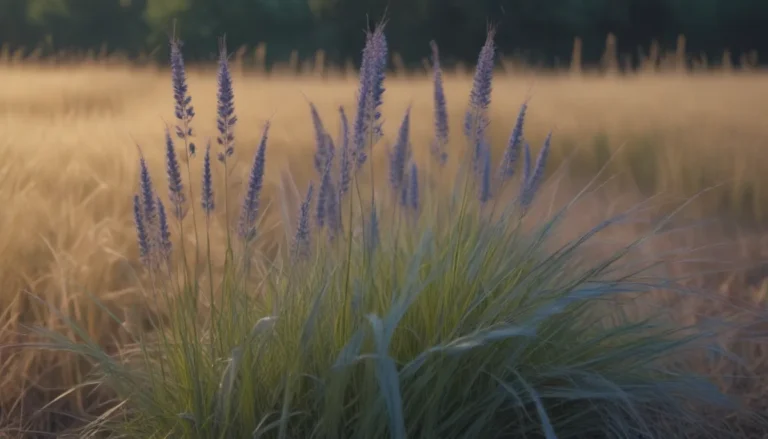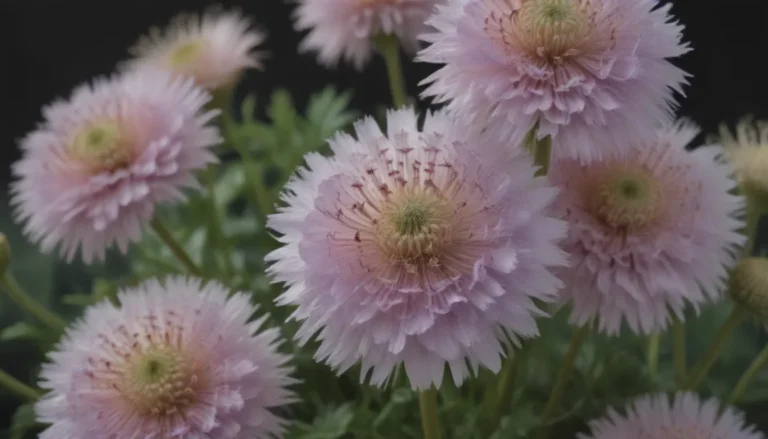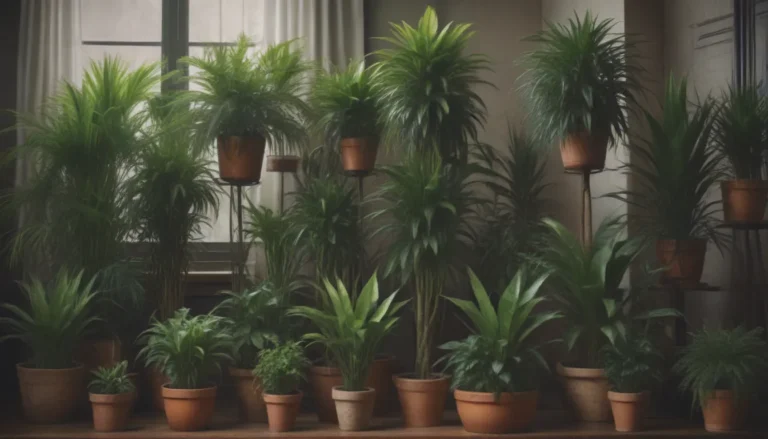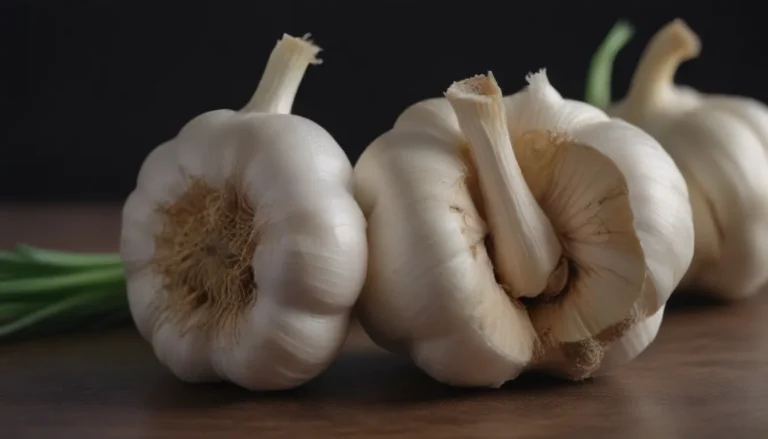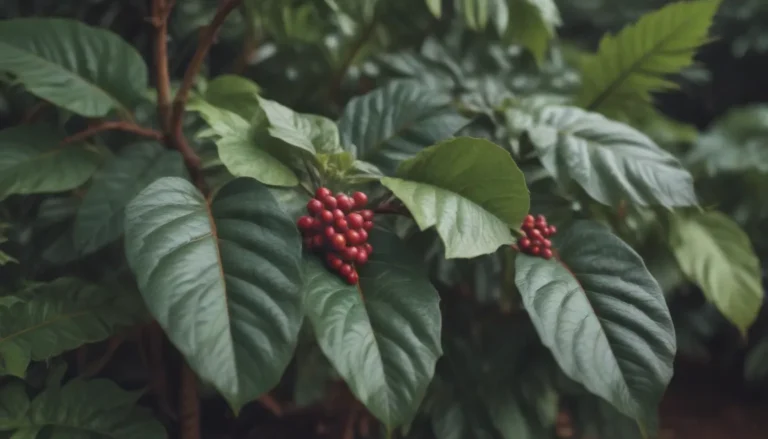Creating a Pest-Resistant Garden: Plants that Groundhogs Will Avoid
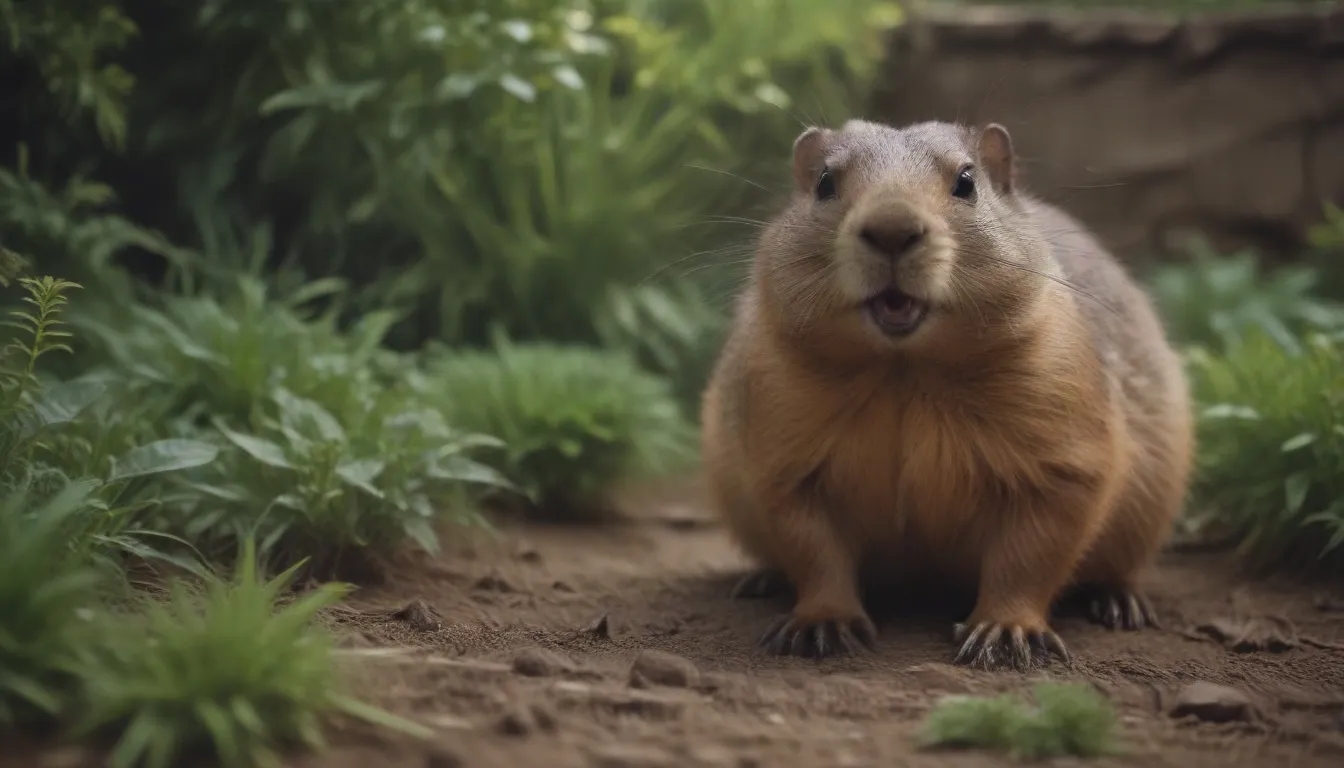
Are you tired of seeing your beautiful garden destroyed by groundhogs? These pesky rodents can wreak havoc on your plants, leaving you feeling frustrated and defeated. But fear not! By choosing the right plants, you can deter groundhogs from feasting on your garden and ensure that your outdoor space remains vibrant and thriving.
Groundhogs, also known as “woodchucks,” are voracious eaters and can quickly decimate a garden if left unchecked. While they may eat almost anything when starving, there are certain plants that they are less likely to consume. By incorporating these pest-resistant plants into your garden, you can reduce the risk of damage and enjoy a flourishing landscape.
In this comprehensive guide, we will explore a variety of plants that groundhogs typically avoid. From vibrant flowers to fragrant herbs, these plants not only add beauty to your garden but also serve as a natural deterrent to these hungry rodents. Let’s dive in and discover how you can create a pest-resistant garden that will thrive throughout the season.
Pest-Resistant Plants to Foil Groundhogs
When it comes to deterring groundhogs, prevention is key. By planting species that these pests tend to avoid, you can protect your garden and enjoy a lush, vibrant landscape. Here are some plant options that groundhogs are less likely to eat:
-
Ageratum: This annual flower boasts beautiful blue blossoms and is a favorite among gardeners. Not only does it add a pop of color to your garden, but it also serves as a patriotic element for red-white-and-blue planting combinations.
-
Bleeding Heart: With its whimsical, arching stems and distinctive flowers, the Bleeding Heart plant is a showstopper in any garden. Groundhogs typically steer clear of this perennial beauty, making it an ideal choice for pest-resistant landscaping.
-
Butterfly Weed: A must-have for butterfly enthusiasts, Butterfly Weed attracts monarch butterflies with its vibrant orange flowers. This perennial plant is not only visually appealing but also deters groundhogs from making a meal of your garden.
-
Foxglove: Known for its colorful, bell-shaped flowers, Foxglove is a magnet for hummingbirds. While it adds charm to your garden, it’s essential to note that this plant is toxic to children, pets, and animals, making it an effective deterrent for groundhogs.
-
Larkspur: With its tall stature and striking flowers, Larkspur is a favorite among gardeners looking to attract butterflies. Groundhogs may nibble on this plant, but its toxic nature keeps them at bay.
-
Lavender: Pests are repelled by the strong scent of Lavender, making it an excellent choice for pest-resistant gardening. Harvest the fragrant stems and flowers to create potpourris that groundhogs will steer clear of.
-
Lily-of-the-Valley: This fragrant, cold-hardy plant is invasive and toxic to animals, making it unappealing to groundhogs. If you can tolerate its drawbacks, it serves as a low-maintenance ground cover that requires minimal attention.
-
Sweet Alyssum: A popular annual flower, Sweet Alyssum offers a carpet of white blooms that groundhogs are unlikely to munch on. Its low maintenance nature and aromatic blooms make it a valuable addition to any garden.
-
Yarrow: With its feathery foliage and fragrant scent, Yarrow is a versatile plant that attracts pollinators while deterring groundhogs. Available in various flower colors, this tough plant is an excellent choice for pest-resistant landscaping.
-
Hellebores: Whether you opt for Christmas rose or Lenten rose, Hellebores are prized for their early blooming flowers and pest-resistant nature. These plants add beauty to your garden while keeping groundhogs at bay.
By incorporating these pest-resistant plants into your garden, you can create a space that is both visually appealing and protected from groundhog damage. Whether you’re a seasoned gardener or just getting started, these plant options are sure to enhance your outdoor space and keep pests at bay.
Protecting Your Garden from Groundhog Damage
While selecting pest-resistant plants is an effective way to deter groundhogs, it’s essential to take additional measures to safeguard your garden. Here are some tips to help protect your plants from groundhog damage:
-
Fencing: Install a sturdy fence around your garden to keep groundhogs out. Choose a fence that is at least 3 feet high and extends several inches below ground to prevent burrowing.
-
Repellents: Use natural repellents, such as strong-smelling herbs or essential oils, to deter groundhogs from entering your garden. Planting garlic, onions, or peppermint around the perimeter can help keep pests at bay.
-
Trapping: If groundhog damage is persistent, consider using humane traps to capture and relocate these pests. Place traps near their burrows or along their feeding routes to increase the likelihood of success.
-
Vigilance: Regularly inspect your garden for signs of groundhog activity, such as chewed plants or burrow entrances. Taking swift action at the first sign of damage can help prevent further destruction.
By combining pest-resistant plants with proactive measures, you can create a garden that is both beautiful and protected from groundhog damage. With a little effort and planning, you can enjoy a thriving outdoor space that enhances your home and brings joy to your daily life.
Conclusion
In conclusion, creating a pest-resistant garden is not only possible but also beneficial for maintaining a beautiful and healthy outdoor space. By choosing plants that groundhogs tend to avoid and implementing protective measures, you can safeguard your garden from damage and enjoy a thriving landscape all season long.
Whether you’re looking to enhance your flower beds, attract pollinators, or simply protect your plants from hungry pests, incorporating pest-resistant plants is a smart and effective strategy. With a diverse selection of flowers, herbs, and perennials to choose from, you can create a garden that is both visually stunning and resistant to groundhog damage.
So, why wait? Take action today to transform your garden into a pest-resistant paradise that will bring joy and beauty to your outdoor living space. With the right plants and a proactive approach, you can cultivate a garden that thrives year after year, free from the threat of groundhog damage. Happy gardening!
